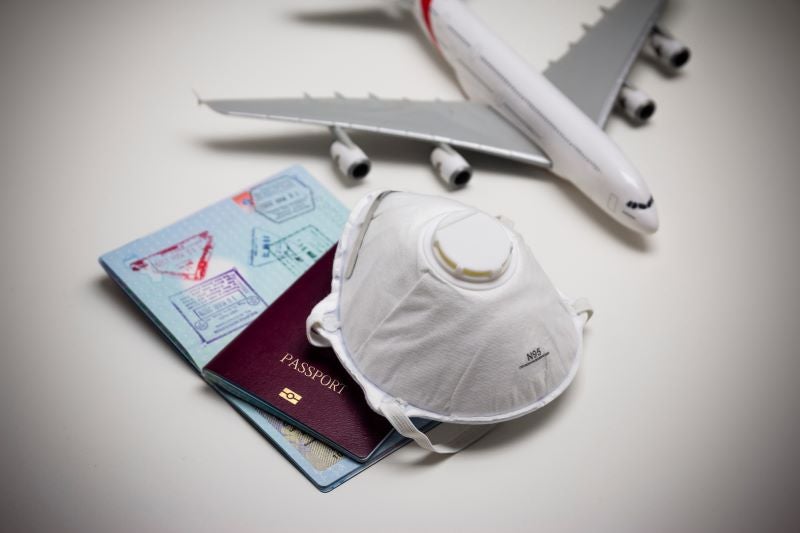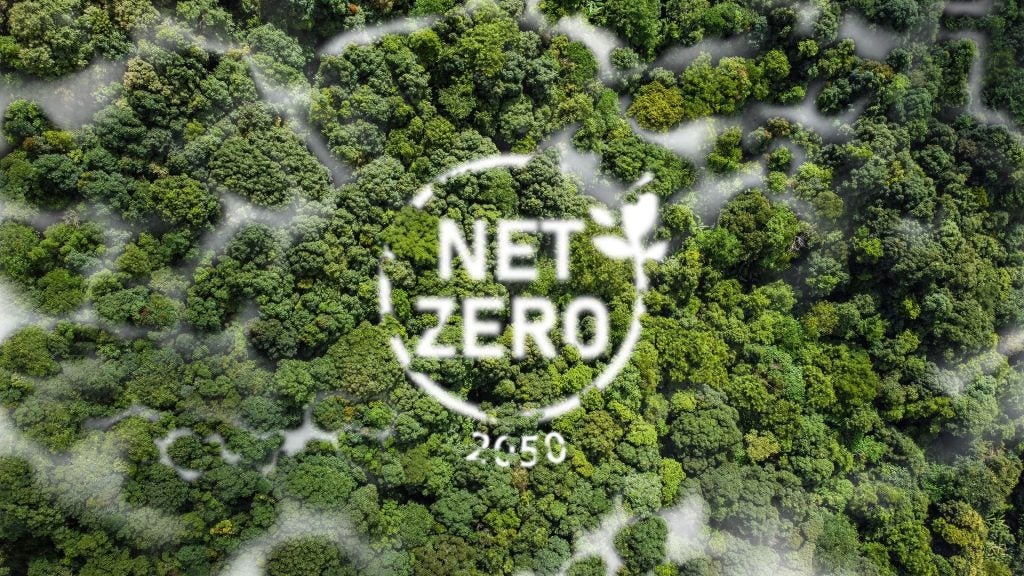
China has maintained a draconian, zero Covid-19 policy approach. Whether this stance continues in 2022 is one of the greatest unknowns for tourism, and will make or break China’s tourism recovery.
China’s zero-Covid policy stifles tourism recovery
Cautiously, and with some difficulty, most of the world is learning to live with Covid-19, citing vaccinations as the best defence. However, authorities in China are strengthening a commitment to ‘zero-Covid’: trying to eliminate the disease whenever it appears. Consequently, inbound tourism to China is unlikely to recover until at least 2024. Although inbound tourist figures increased in 2021 to 33.7 million, from just 10.5 million in 2020, figures are still down 48.6% from the pre-pandemic levels of 2019, according to GlobalData’s tourism demands and flows database. The underwhelming rebound of inbound tourism in 2021 suggests the zero-Covid strategy is having a substantial impact.
Moreover, as the country prepares to host several major events, including the Lunar New Year and the Beijing Winter Olympics, which both fall at the start of February this year, China appears to be retaining tight border controls and severely restricting international tourists altogether. Under normal circumstances, these events would be considered significant drivers of tourism. However, residents have been advised not to take unnecessary trips during the holiday period, and those travelling to Beijing for the Winter Olympics are required to get a Covid-19 test within 72 hours of arrival. Limited travel is likely to take things from bad to worse for Chinese businesses involved in tourism, and may be particularly agonising for those reliant on inbound and domestic tourism. While the Chinese government’s policy has left the country and its citizens less exposed to Covid-19 than other nations, stringent controls and closed borders will keep stifling tourism recovery.
Unfortunately for China’s tourism industry, there are no immediate signs that it will reopen its doors to international travel anytime soon. According to GlobalData forecasts, inbound arrivals to China are projected to reach 66.3 million by 2024, before rising to 66.9 million by 2025 (CAGR 2022-25: 6.8%). Meanwhile, inbound travel expenditure is not expected to return to pre-pandemic levels until after 2025, as per GlobalData forecasts. The prolonged absence of international travellers means travel revenues are unlikely to return to pre-pandemic levels soon, and China’s zero-Covid strategy will further delay recovery. Furthermore, the spread of the Omicron variant will exacerbate an already challenging situation.
Disrupted travel will drive tourists to new markets
As inbound travel into China continues to be susceptible to disruption, and is largely contingent on the unpredictable trajectory of Covid-19, China presents a challenging inbound market to engage with. With uncertainties regarding when China will reopen its borders, questions are raised about how hotels, destinations, and other travel providers should, and how best to, engage with one of the world’s most popular destinations. With other countries in the APAC working hard to make inbound travel easier, China could fall behind at a pivotal time in the travel and tourism industry.
See Also:
How well do you really know your competitors?
Access the most comprehensive Company Profiles on the market, powered by GlobalData. Save hours of research. Gain competitive edge.

Thank you!
Your download email will arrive shortly
Not ready to buy yet? Download a free sample
We are confident about the unique quality of our Company Profiles. However, we want you to make the most beneficial decision for your business, so we offer a free sample that you can download by submitting the below form
By GlobalData






